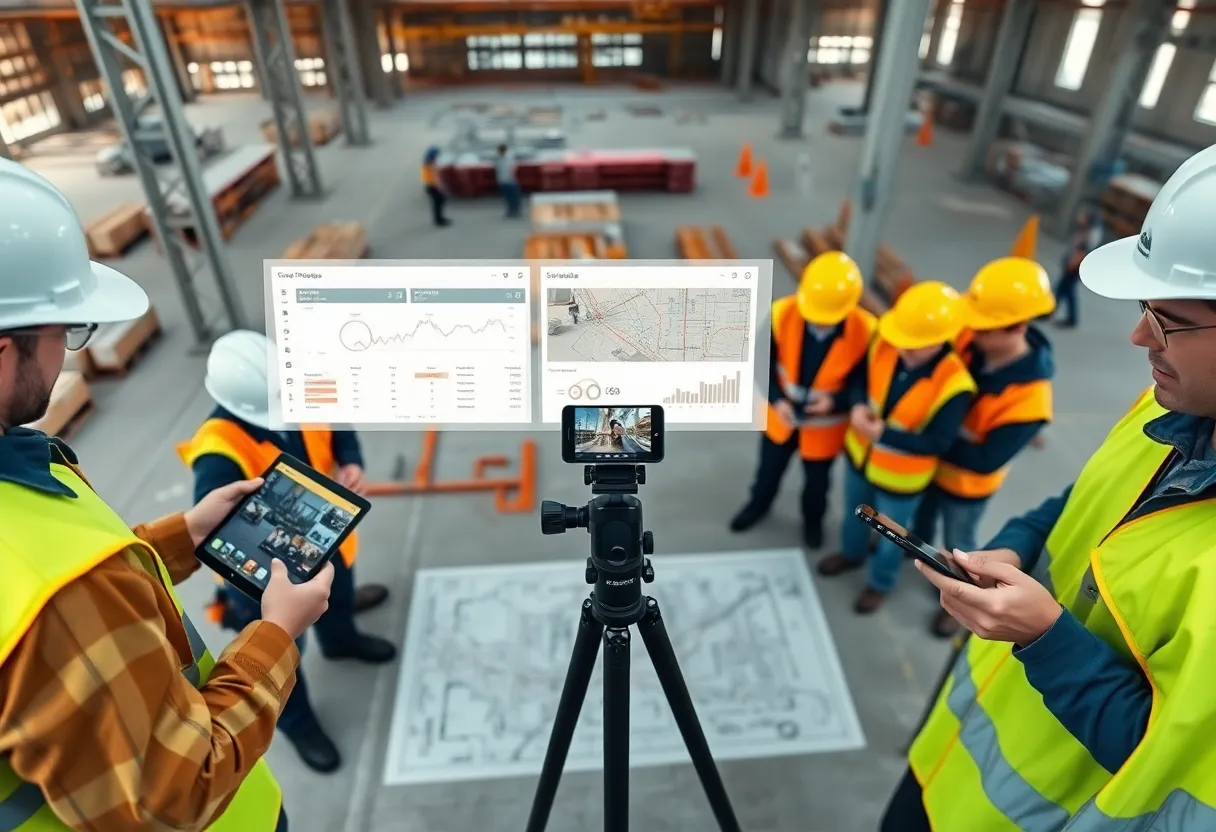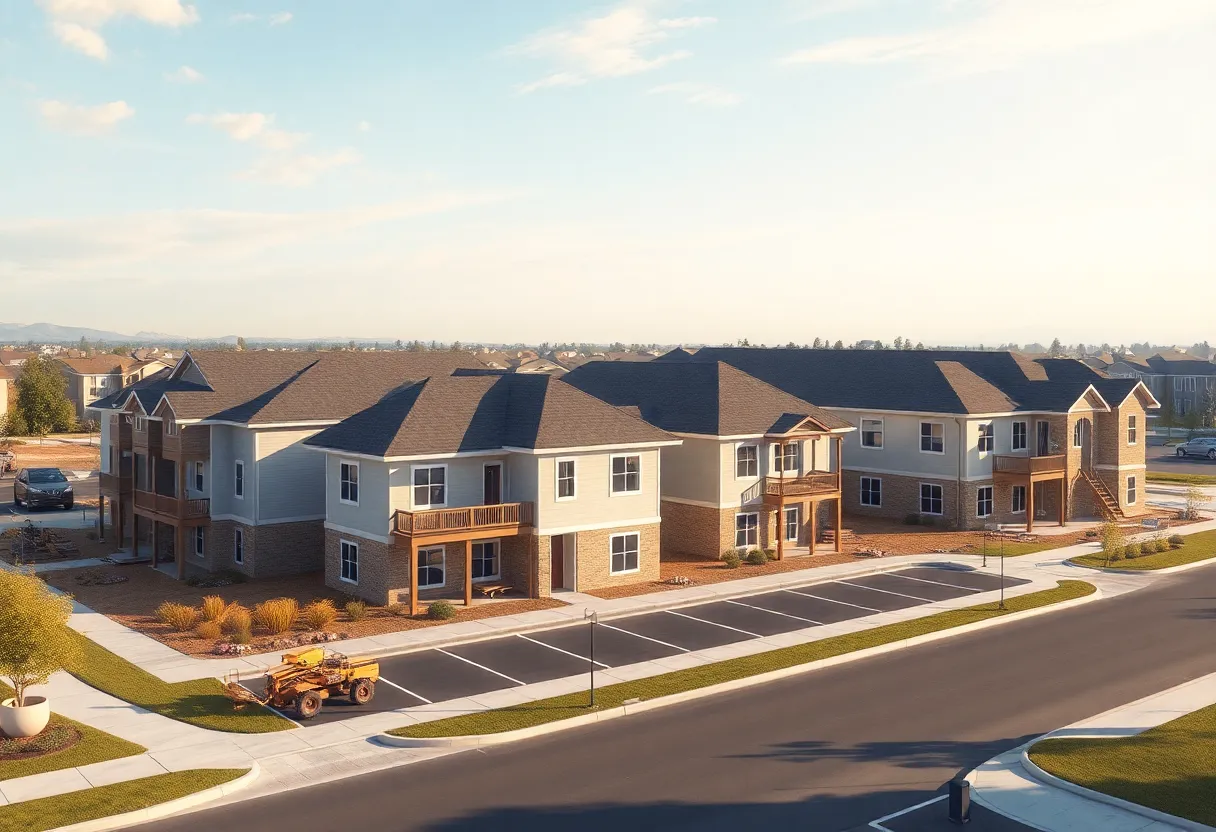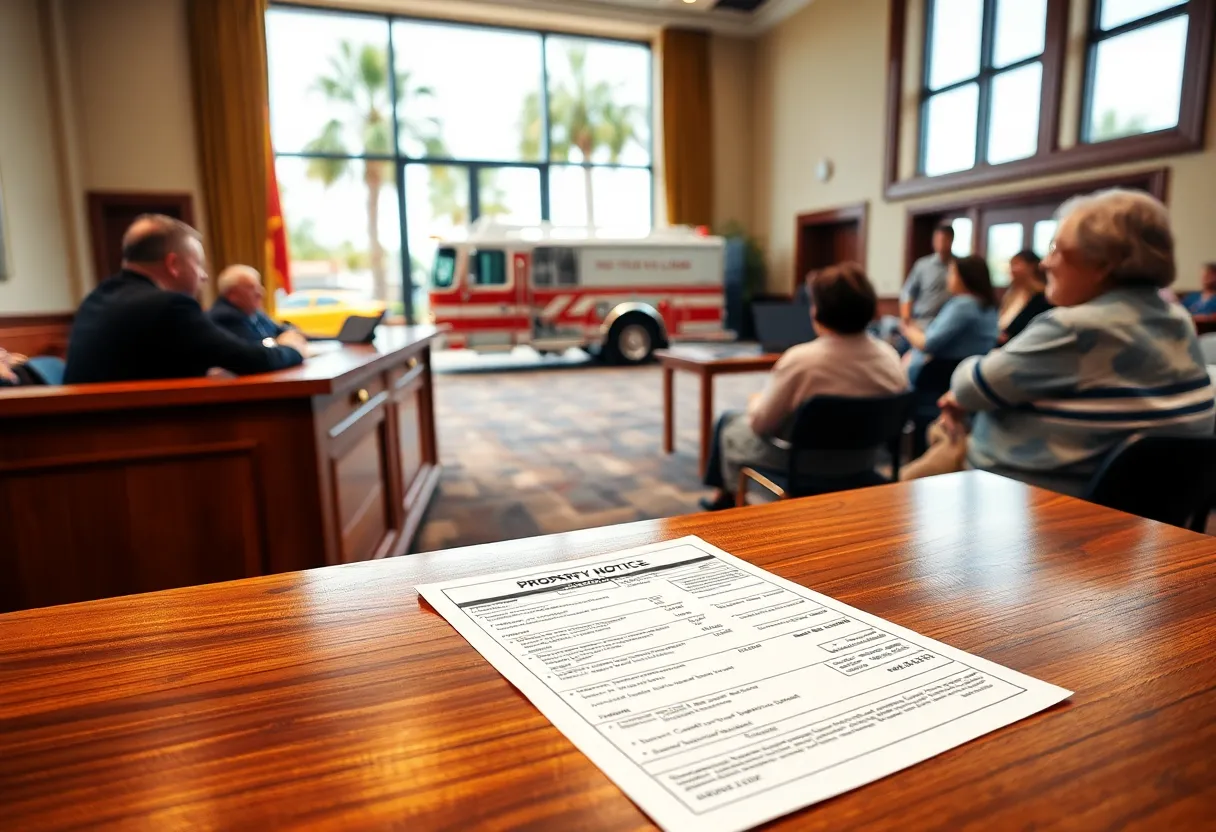Multiple construction sites, August 25, 2025
News Summary
Construction teams must move beyond paper checklists, siloed files and fragmented messaging to make AI truly useful on jobsites. Centralized, consistently structured project data — time- and location-stamped photos, standardized digital forms, integrated schedules and a single document warehouse — enables reliable AI-driven scheduling, safety guidance and early-warning signals. Real-world pilots show faster planning, reduced report time, sharper forecasting and lower delay costs. Practical adoption starts small: digitize one workflow, standardize inputs, connect systems and pilot with feedback. Ongoing governance and secure data pipelines are essential to avoid new silos and ensure AI produces dependable outcomes.
Centralizing and standardizing project data makes AI practical on construction sites
On construction sites, AI only proves useful when data is current, complete and organized in a single place. The leading takeaway is that centralizing and standardizing project data drives smarter decisions, helps prevent delays and can cut project costs. The industry continues to grapple with a patchwork of tools, where updates drift through messaging apps, paper checklists persist, and cloud folders fall days out of date. When information is fragmented and slow to arrive, AI remains more a theoretical promise than a practical asset.
The path to AI readiness mirrors a older digital shift seen in other sectors: data must be structured before intelligent systems can act reliably. In construction, the first essential step is to adopt a single digital environment that standardizes workflows, enables real-time collaboration and captures data in a uniform way. That foundation makes it possible for AI to spot patterns, flag risks and support faster, more informed decisions.
Why centralized data matters now
- AI in construction thrives only when data is current, complete and centralized.
- Updated information from sites flows into a single platform, enabling real-time visibility from field to headquarters.
- Without structured inputs, AI tools struggle to deliver actionable guidance, making the technology feel disconnected from daily work.
How the industry may reach AI-ready data
A practical blueprint is emerging from several major projects and pilot programs. The approach emphasizes capturing structured inputs, linking multimedia evidence to precise locations and plans, and standardizing the way work is recorded and reported. By treating data as a shared asset—immediately accessible, consistently formatted and linked to the latest project plans—teams can begin to use AI to forecast delays, optimize sequencing and reduce rework.
From field to office: concrete steps and capabilities
- Centralize data in the cloud to enable seamless access and live collaboration across site and office teams.
- Adopt standardized workflows and predefined digital forms to guide on-site data capture and reporting.
- Capture and organize visual evidence—photos and videos tagged with timestamps, locations and trades—tied to digital floor plans for context-rich records.
- Use centralized document management with clear workflows, approvals and a single source of truth for records.
- Build a visual history by integrating 360° site captures into daily routines, enabling AI to detect deviations and forecast delays before they become costly.
- Launch AI tools in stages, starting with small, well-defined workflows to prove value before broader rollout.
Notable approaches and what they show
Large builders have demonstrated that when a company standardizes inputs such as takeoffs, crew rates and weather delays, an AI scheduling engine can ingest consistent data and produce hundreds of buildable sequences in minutes. Early experiments have shown that maintaining a uniform data format can shorten critical-path timelines by meaningful margins and surface risks before work begins.
Safety and risk data as an early use case
Safety information previously stored in dispersed PDFs and spreadsheets can be consolidated into a central safety warehouse with standardized categories and metadata. With a clean data model, dashboards and trend analyses become reliable tools for proactive safety planning. A dedicated safety assistant, trained on the firm’s incident history and safety library, can help field supervisors plan tool-box talks, inspect conditions and respond to hazards with instant, context-rich guidance.
Scheduling and governance improvements
When multiple projects share separate schedule files, consolidating them into a unified dataset enables AI forecast engines to produce probabilistic finish dates and early-delay signals. The result is a governance shift: executives move from ad hoc updates to regular, data-driven review cycles with timely insights and fewer costly surprises.
The agricultural analogy and the broader takeaway
In agriculture, digital measurement—soil sampling, yield logging and drone data—enabled AI to give growers precise daily guidance. Construction can follow a similar arc by digitizing and standardizing data to turn fragmented field activity into a coherent, AI-ready dataset. The metaphor of the new soil underscores the idea that reliable, structured data is the foundation for AI to flourish.
Practical guidance for teams ready to begin
Start by identifying one workflow that frustrates the team, digitize and structure that process, and demonstrate AI’s potential on that narrow scope. Ensure data captured on site follows consistent formats, and verify that the data environment supports secure, private AI use. The overall goal is a gradual, deliberate transition toward a fully integrated, AI-enabled project platform that keeps field and office in sync in real time.
Key technologies and concepts in use
- 360° visual capture linked to floor plans and metadata for complete site history
- Predefined digital forms and templates to standardize on-site reporting
- Centralized document management with live updates and traceable approvals
- AI-ready data models and governance to unlock predictive analytics
- Real-time synchronization across field and office, regardless of location
Adopted examples and capabilities
Plan-focused visual capture platforms enable automated mapping of 360° imagery to floor plans, creating a structured, searchable log of site evolution. When such logs are consistently formatted and timestamped, AI models can detect deviations, forecast delays and support faster issue resolution. In parallel, central safety data warehouses and AI-assisted safety tools help teams retrieve relevant standards and best practices at the moment they’re needed, rather than after-the-fact analysis.
The overarching lesson is clear: structured data is the backbone of any AI workflow. With a solid digital foundation, construction teams can move from reactive fixes to proactive, data-driven delivery.
Key takeaway for leaders
Build confidence in AI by starting small, focusing on high-value, well-defined workflows, and ensuring the data warehouse contains clean, searchable records. From there, extend AI capabilities gradually while maintaining a strict standard for data quality and consistency.
FAQ
What is the main idea behind making AI practical in construction?
AI becomes practical when project data is centralized, standardized and continuously updated in a single digital environment that supports real-time collaboration between the field and the office.
Why is data structure so important for AI in this sector?
Structured data enables AI to understand inputs, identify patterns and generate reliable forecasts. Without consistent data formats and complete records, AI outputs are unreliable or delayed.
What kinds of data are essential for AI-ready projects?
Essential data includes standardized takeoffs and rates, weather and schedule inputs, safety records, plans and field reports, photos and videos linked to floor plans with timestamps and locations, and centralized document management.
What role do visuals play in AI-enabled construction?
Visuals such as photos and 360° site captures, when tied to plans and metadata, create a verifiable, searchable record of site conditions that AI can analyze for deviations and risk detection.
What is a practical first step to begin leveraging AI?
Identify one workflow that causes the most friction, digitize and structure that process, and prove the benefits of AI on that focused area before expanding to additional workflows.
Key features table
| Feature | Description | Benefit |
|---|---|---|
| Centralized cloud data | A single repository for project data accessible by field and office in real time | Improved collaboration, faster decision-making |
| Standardized workflows | Uniform processes and forms across projects | Consistent data capture and easier AI ingestion |
| Structured data capture | Digital forms, time-stamped records, and standardized inputs | Reliable AI guidance and traceability |
| Visual documentation | Photos and videos linked to floor plans with timestamps and locations | Better context for issue resolution and predictive insights |
| 360° site capture | Helmet-mounted or handheld captures mapped onto plans | Holistic site history for trend analysis and quality control |
| AI-ready data model | Structured data with clear taxonomy and governance | Reliable AI outputs and scalable analytics |
| Real-time synchronization | Updates propagate instantly across teams | Faster responses to changing conditions and risks |
| Safety and risk integration | Centralized safety data with standardized categories | Proactive safety planning and fewer incidents |
| Pilot-led rollout | Small-scale tests before broad deployment | Higher success rates and data-driven expansion |
Deeper Dive: News & Info About This Topic
Additional Resources
- Construction Dive: Skanska AI “Sidekick” safety project
- Wikipedia: Skanska
- Global Construction Review: Skanska tops out timber New York AI research building
- Google Search: Skanska Cold Spring Harbor Laboratory AI research building
- ForConstructionPros: New AI assistant from Skanska delivers realtime jobsite safety guidance
- Google Scholar: Skanska AI assistant jobsite safety
- Newsweek: Melissa Faulkner — future of construction in the AI era
- Encyclopedia Britannica: Artificial intelligence construction
- Construction Equipment: Skanska incorporates AI into Safety Sidekick
- Google News: Skanska AI Sidekick safety





